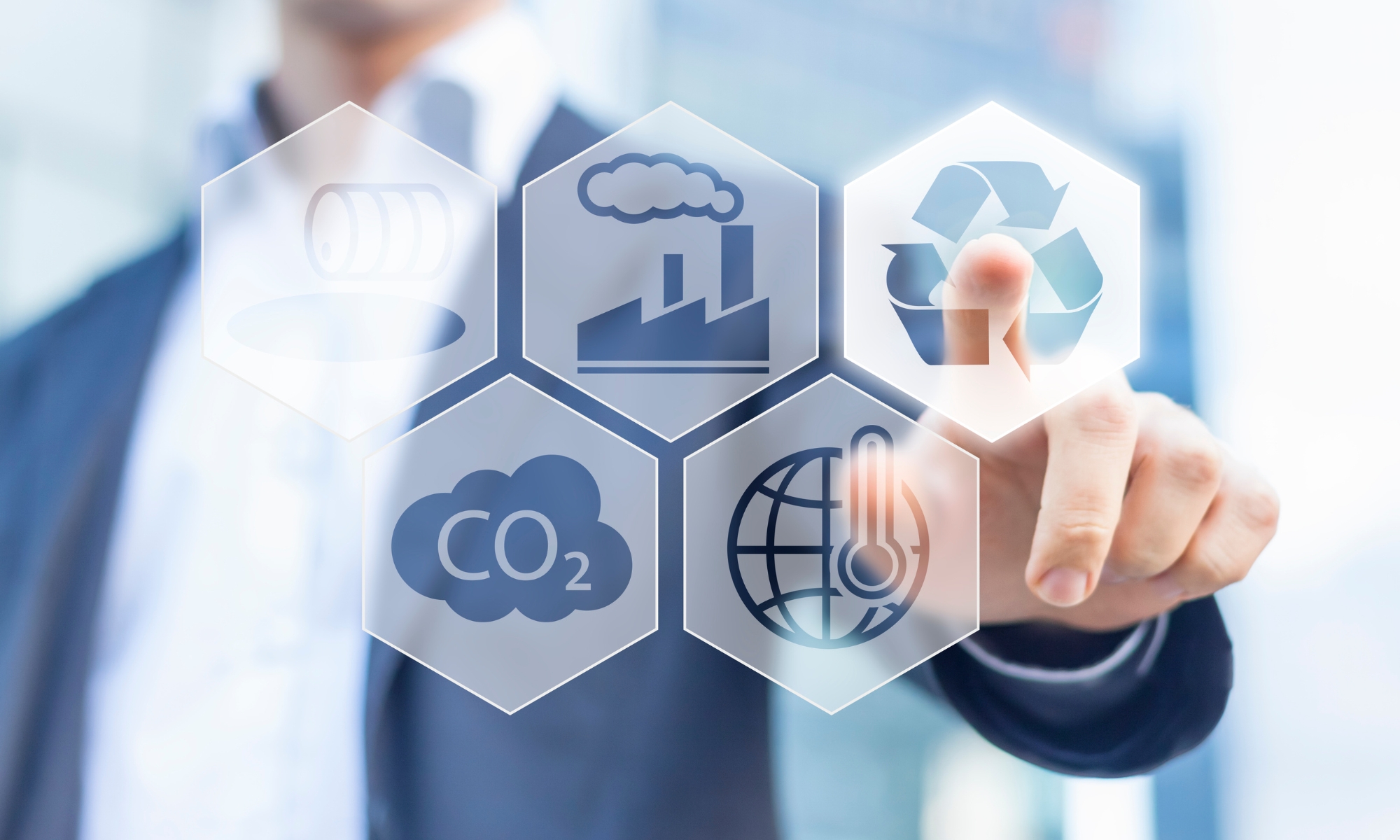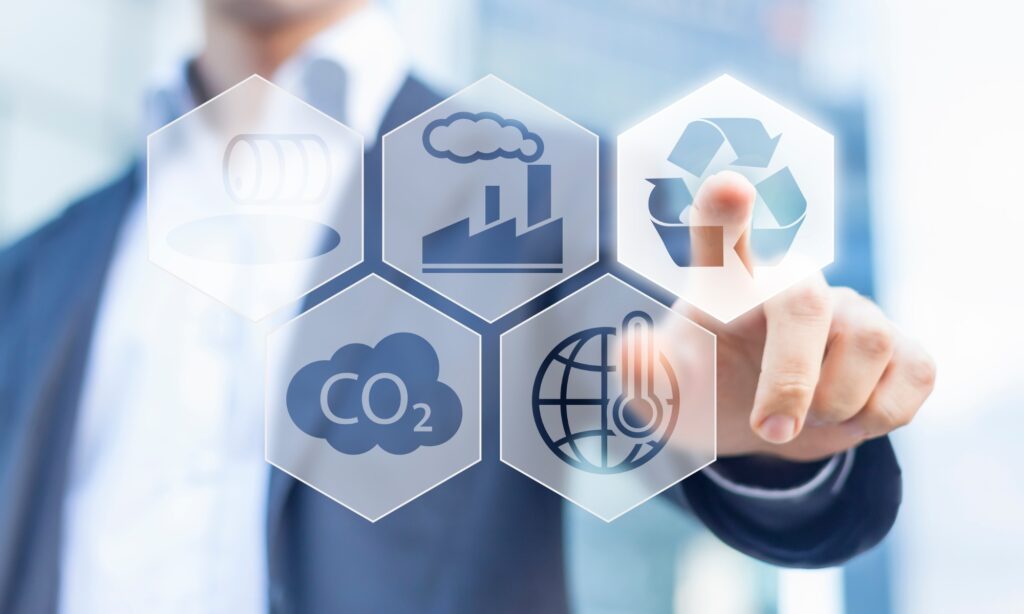Home » Social responsibility
Social responsibility
The driving force of our operations
Our operations are guided by socially responsible and sustainably oriented activities. We are active wherever AVOCarbon operates.
Aware that our social and environmental impact must be constantly measured and analyzed, we seek to develop a cross-cutting CSR policy, shared by all employees and valid for all of our activities.
The code of conduct, common to the entire AVOCarbon group, is the foundation of our commitments in terms of health, safety and ethics.
This societal approach is also reflected at the local level by actions in favor of the populations.
Responsibility
The driving force of our operations
Aware that our social and environmental impact must be constantly measured and analyzed, we seek to develop a cross-cutting CSR policy, shared by all employees and valid for all of our activities.
Our operations are guided by socially responsible and sustainably oriented activities. We are active wherever AVOCarbon operates.
The code of conduct, common to the entire AVOCarbon group, is the foundation of our commitments in terms of health, safety and ethics.
This societal approach is also reflected at the local level by actions in favor of the populations.
The example of India

In India, according to the Companies Act of 2013, companies meeting certain criteria devote a percentage of their profits to CSR activities, thus giving back to the community and having a positive impact on the local environment.
AVOCarbon india, represented in a CSR committee by Mr. M.S Manoj and Mr. Eipe Thomas, defends the following causes:
“Eradicating hunger, poverty and malnutrition, promoting preventive health care and sanitation and making available safe drinking water.”
“Promoting education, including special education and employment enhancing vocation skills especially among children, women, elderly and the differently abled and livelihood enhancement projects”.
- Aid India.
- Vidyarambam Trust.
- Quality of the service
The example of India
In India, according to the Companies Act of 2013, companies meeting certain criteria devote a percentage of their profits to CSR activities, thus giving back to the community and having a positive impact on the local environment.
AVOCarbon india, represented in a CSR committee by Mr. M.S Manoj and Mr. Eipe Thomas, defends the following causes:


“Promoting education, including special education and employment enhancing vocation skills especially among children, women, elderly and the differently abled and livelihood enhancement projects”.
“Eradicating hunger, poverty and malnutrition, promoting preventive health care and sanitation and making available safe drinking water.”
We support the following NGO’s:
- Aid India.
- Vidyarambam Trust.
- Sai Educare Trust.
Carbon Footprint
AVOCarbon's commitment to sustainability is part of our strategic plan.
Our operations are guided by socially responsible and sustainably oriented activities. We are active wherever AVOCarbon operates.

The deployment of a Group policy of sustainable development is an objective in line with our global strategy for winning new customers, expanding
into new regions and securing future growth.
AVOCarbon started in 2022 the assessment of its greenhouse gas emissions and engaged on a transition process via the Diag Décarbon'action program
proposed by Bpifrance, in partnership with ADEME.
We are committed to reduce the carbon footprint of our entire value
chain as part of the carbon neutrality objective of the European Green
Pact in 2050.
Carbon Footprint
AVOCarbon's commitment to sustainability is part of our strategic plan.

The deployment of a Group policy of sustainable development is an objective in line with our global strategy for winning new customers, expanding
into new regions and securing future growth.
AVOCarbon started in 2022 the assessment of its greenhouse gas emissions and engaged on a transition process via the Diag Décarbon’action program
proposed by Bpifrance, in partnership with ADEME.
We are committed to reduce the carbon footprint of our entire value
chain as part of the carbon neutrality objective of the European Green
Pact in 2050.

The deployment of a Group policy of sustainable development is an objective in line with our global strategy for winning new customers, expanding
into new regions and securing future growth.
AVOCarbon started in 2022 the assessment of its greenhouse gas emissions and engaged on a transition process via the Diag Décarbon'action program
proposed by Bpifrance, in partnership with ADEME.
We are committed to reduce the carbon footprint of our entire value
chain as part of the carbon neutrality objective of the European Green
Pact in 2050.
Our actions
Launch of projects to reduce our energy consumption by using mobile software solutions for controlling and monitoring consumption on each site, accompanied by an energy efficiency best practice guide.
Development of long-term contracts for the purchase of green energy (solar energy park, wind power, etc.)
Reduction of energy consumption (heat recovery installations, redesign of production processes)
New products with low CO2 emissions development.
Our actions
Launch of projects to reduce our energy consumption by using mobile software solutions for controlling and monitoring consumption on each site, accompanied by an energy efficiency best practice guide.
Development of long-term contracts for the purchase of green energy (solar energy park, wind power, etc.)
Reduction of energy consumption (heat recovery installations, redesign of production processes)
New products with low CO2 emissions development.

